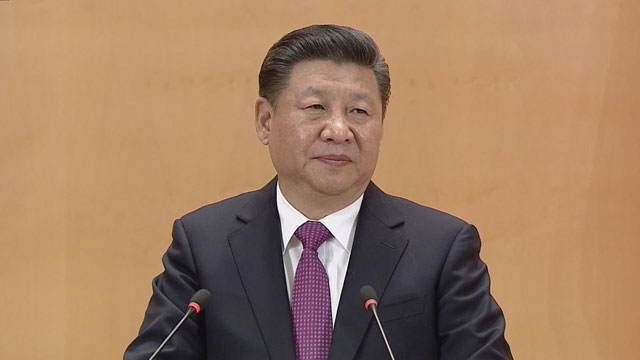
China’s `One belt, one road’ initiative should not be treated as ploy to replace U.S. as dominant power
By Keyu Jin
Later this month, Chinese President Xi Jinping will host a summit for many of the leaders of the 65 countries engaged in his “one belt, one road” (OBOR) initiative, a pioneering program that will channel billions of investment dollars toward infrastructure projects across Asia, Africa, and Europe. Despite a strong economic case for the project, reactions have been mixed.
The main impulse driving the OBOR initiative is physical connectivity: efficient infrastructure enhances productivity, fosters investment, and lowers the costs of trade. With effective channels for the exchange of goods and well-connected information networks, growth accelerates, economic opportunity increases, and inequality narrows.
The good news is that such infrastructure can be built in an efficient and cost-effective manner. The key is cooperative efforts that exploit each country’s respective comparative advantage, be it capital, technological know-how, logistical or construction capabilities, raw materials, or even industrial goods. Such an approach can jumpstart development in low-income countries, and help emerging economies bypass the dreaded middle-income trap.
But making physical connectivity work requires not only massive amounts of funding; policy coordination andregulatory harmonisation are necessary as well. In the short term, infrastructure investment can be impeded by significant political, sovereign, and financial risks.
For starters, there is the risk that political leaders will prioritise short-term interests above a long-term vision. For example, they may try to win votes with reductions in road tolls or water tariffs, causing otherwise good infrastructure projects to produce net losses. They may also lack motivation to raise funds for big projects, unless those efforts would translate into actual votes.
It does not help that many countries are also grappling with public debt, which makes it difficult for them to borrow from multilateral development institutions. With limited fiscal space, governments might need to resort to levying taxes – a politically difficult solution – to pursue infrastructure investment. They might also have to reduce investment in other critical areas, like education, health, or environmental protection.
Private investors, for their part, may be neither willing nor able to hold illiquid assets for the entire gestation and construction process. That process is long in the best of times; in developing countries with weak institutional capabilities, it is often drawn out substantially, creating massive additional costs.
Many national authorities are attempting to address this by improving governance and providing an enabling environment for infrastructure investment, including by promoting public-private partnerships. But successes have been far and few between.
China sees all of this. It recognises the urgency with which developing countries need investments in roads, railroads, power plants and grids, airports, and seaports, as well as the challenges they face in securing them. And it is well aware of the potential benefits of connectivity, particularly if it extends beyond the Asia-Pacific region.
Since introducing the OBOR initiative, China has often been accused of attempting to wrest greater control over the developing world, and even to replace the United States as the dominant global superpower. Some, pointing to the historical record, warn of the “Thucydides Trap”: a rising power will eventually try to challenge an established one.
 The Independent Uganda: You get the Truth we Pay the Price
The Independent Uganda: You get the Truth we Pay the Price



